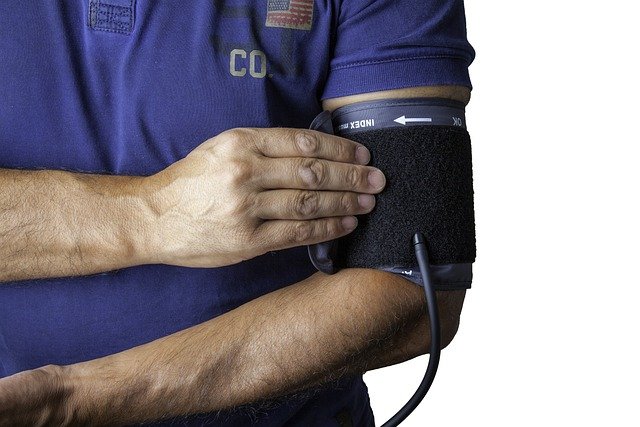What to expect during a urology assessment for urinary issues
A urology assessment clarifies causes of urinary symptoms such as difficulty with urination, nocturia, daytime frequency, hesitancy, or feelings of incomplete emptying. This overview outlines typical steps — history, examination, and common tests — so you know what to expect when seeking care for bladder or prostate-related symptoms in your area.

A urology assessment for urinary issues usually starts with a detailed discussion of symptoms and medical history, followed by a targeted physical examination and selected tests. Clinicians aim to clarify patterns such as urgency, frequency, nocturia (waking at night to urinate), hesitancy, weak flow, or retention. You will be asked when symptoms began, whether they are stable or worsening, how they affect daily life, and about current medications and other health conditions. Clear answers help clinicians decide which tests are most useful and which management options to consider.
This article is for informational purposes only and should not be considered medical advice. Please consult a qualified healthcare professional for personalized guidance and treatment.
Urination: what to describe
When describing urination, note any change in stream strength, sensation of incomplete emptying, pain, or blood in the urine. Record how often you urinate during the day and whether you wake at night to urinate. Clinicians also ask about urgency episodes and whether you can delay voiding until convenient. A written voiding diary that records times, volumes (if measured), and episodes of urgency or incontinence for several days can be very helpful in guiding diagnosis and monitoring response to treatment.
Nocturia and frequency: what it means
Nocturia and increased daytime frequency may reflect several causes, including high fluid intake, medications (such as diuretics), sleep disturbances, metabolic conditions like diabetes, or bladder storage problems. Your clinician will review fluid habits, medication timing, and associated symptoms. Objective measures such as a bladder diary and measurement of post-void residual (PVR) can help distinguish whether symptoms are due to increased urine production, reduced bladder capacity, or incomplete emptying.
Hesitancy and weak flow: how it’s assessed
Hesitancy and weak urinary flow can suggest obstruction (for example due to benign prostatic enlargement) or reduced bladder contractility. Assessment often includes uroflowmetry, a simple test that measures urine flow rate and volume, which provides objective data such as peak flow and flow pattern. In men, a digital rectal exam may be performed to assess prostate size and texture. Observational assessment of voiding and correlation with symptoms are used to decide if further imaging or endoscopic evaluation is needed.
Retention and bladder tests during assessment
Retention (incomplete emptying) is evaluated using a bladder scan or catheterization to measure post-void residual volume. A high residual volume suggests incomplete emptying and often prompts additional testing. Routine tests usually include urinalysis to exclude infection and a urine culture if infection is suspected. When indicated, ultrasound imaging of the urinary tract can assess bladder and kidney anatomy, while urodynamic studies measure bladder pressures and function. Cystoscopy, which visualizes the inside of the bladder and urethra, is reserved for cases where structural causes are suspected.
Urology exam and diagnosis steps
A typical diagnostic pathway includes history-taking, physical exam, urinalysis, and post-void residual measurement. Based on findings, clinicians may order uroflowmetry, urodynamics, ultrasound, or cystoscopy. The goal is to identify causes such as benign prostatic enlargement, overactive bladder, urinary tract infection, bladder stones, or neurological conditions affecting bladder control. Clinicians separate storage symptoms (urgency, frequency, nocturia) from voiding symptoms (hesitancy, weak flow, retention) to guide investigations and treatment planning.
Treatment overview: medication, minimally invasive, lifestyle
Treatment depends on the diagnosis and symptom burden. Medication options include agents that relax smooth muscle to improve flow or drugs that reduce bladder overactivity to decrease urgency and frequency. Minimally invasive procedures may be considered for obstructive conditions not controlled by medication; these range from office-based therapies to focused surgical approaches aimed at improving flow. Lifestyle measures are also important: timing fluids, reducing caffeine and alcohol, bladder training, pelvic floor exercises, and attention to nutrition and weight can all reduce symptoms. Regular exercise and cardiovascular health can influence urinary function, and prostate-specific evaluation and shared decision-making are typical when men’s health concerns are central.
Conclusion A urology assessment for urinary issues relies on structured history, symptom tracking, focused physical examination, and selective testing to reach a diagnosis. Communicating clearly about urination patterns, nocturia, frequency, hesitancy, retention, and related bladder symptoms helps clinicians select appropriate tests and tailor treatment plans, from lifestyle changes and medication to minimally invasive procedures when necessary. Follow-up appointments allow monitoring of response and adjustments to care as needed.






